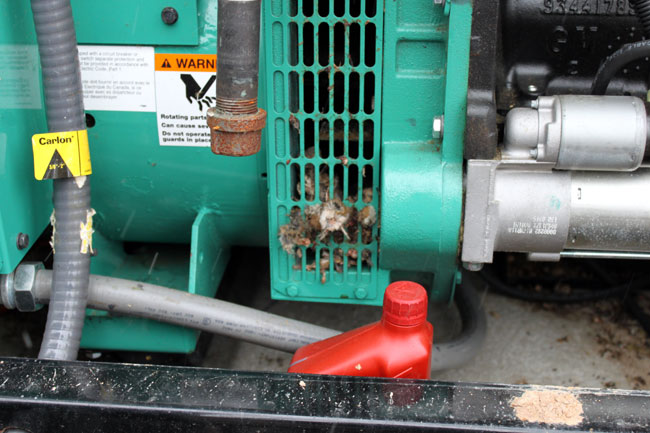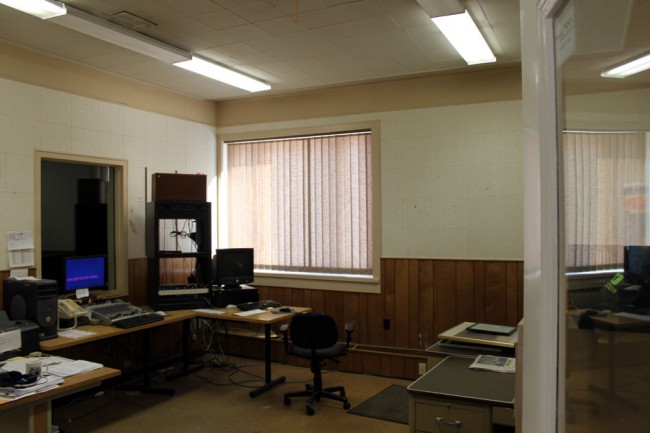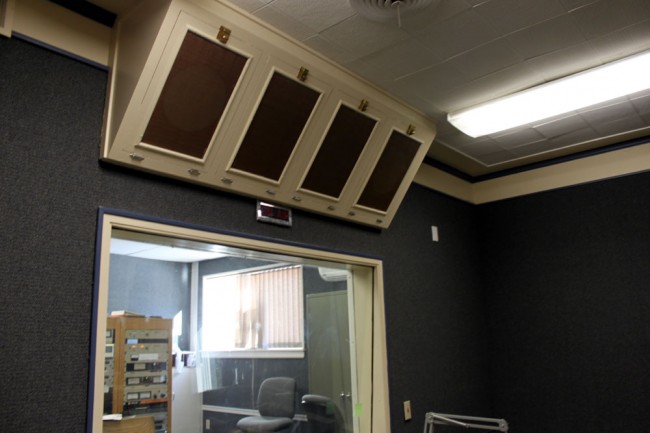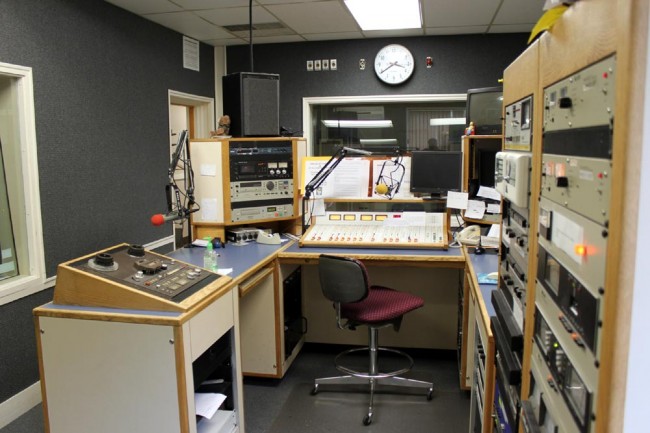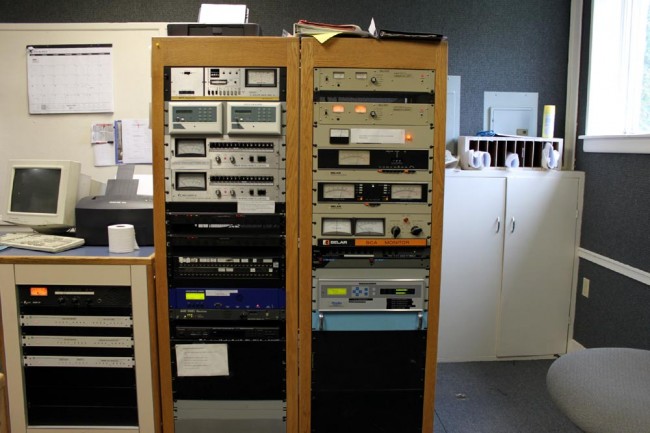ROHS stands for Restriction of Hazardous Substances Directive. It is a mainly European effort to reduce lead (Pb), Mercury (Hg), Cadmium (Cd), Hexavalent Chromium (Cr+6), Polybrominated Biphenyl (PBB), Polybrominated diphenyl ethers (PBDE) and Acrylamide in electronics and consumer goods.
The main effort appears to be in the reduction of lead in circuit boards and solder. Generally speaking, the reduction of pollutants is a good thing. Lead is toxic, especially to young children. Mercury is a potent neurotoxin. Those other elements and chemicals don’t sound good either.
There are all sorts of green logos and other nice-looking things attached to products that meet the standard.

I feel better, don’t you?
Now for the other side of ROHS. According to Lead Free Electronics Reliability (large .pdf) by Dr. Andrew Kostic, the effort had been hugely expensive with very limited results:
A huge (~ $14B annual revenue) semiconductor manufacturer estimated the annual worldwide Pb reduction per 1,000,000,000 integrated circuits was only equivalent to ~100 automobile batteries.
Wow! That is simply amazing on the face of it. Over the years, I have probably found and carted at least 10 old car batteries to the recycling center for a few dollars each. According to the Kostic paper:
(Computer chip manufacturer) Intel’s efforts to remove lead from its chips have so far cost the company more than $100 million and there is no clear end in sight to the project’s mounting costs
Wouldn’t $100m be better spent on other, more pressing pollution issues? Fukushima, springs to mind.
Further, the replacement metals used in electronics have some problems of their own. They may be better for the environment, however, they lack testing and are
Not optimized for high reliability, severe stress, long life applications
Further, replacing parts in legacy equipment using ROHS parts and solder may present problems with bonds between dissimilar metals. Thus, making field repairs, or any repairs impossible.
Many of the newer solders and circuit boards use Tin (Sn) as the finishing metal. There is a problem with tin, known as Tin whiskers. This was first noted at the Bell Labs in 1947. Small hairs grow out of the surface of the metal, acting as short circuits, and at higher (above 6 GHz) frequency RF, antennas. This happens with other metals such as Zinc, Silver, and Gold.
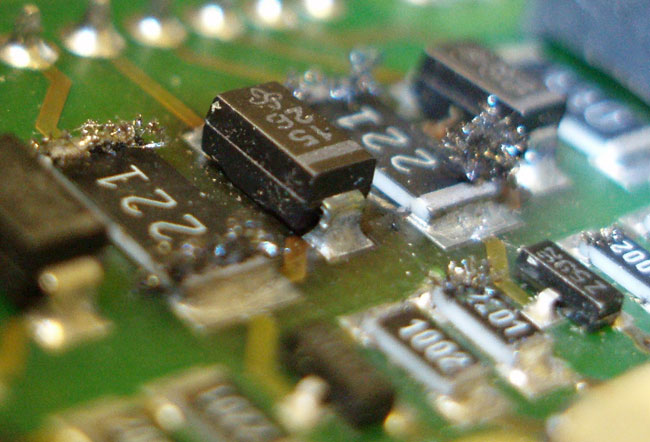
As you can probably deduce, this can have certain detrimental effects on the performance of the circuits in question. I can imagine all sorts of strange behavior from controllers and other bits and parts of equipment.
I don’t know how prevalent this is in Europe where the directive has been in effect for 6 years or so. It would be interesting to find out. I also wonder how many US manufacturers are adopting RoHS as the de facto standard in order to do business in Europe.





